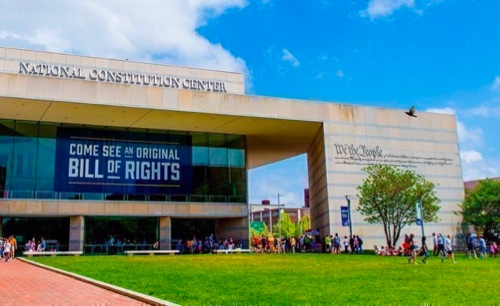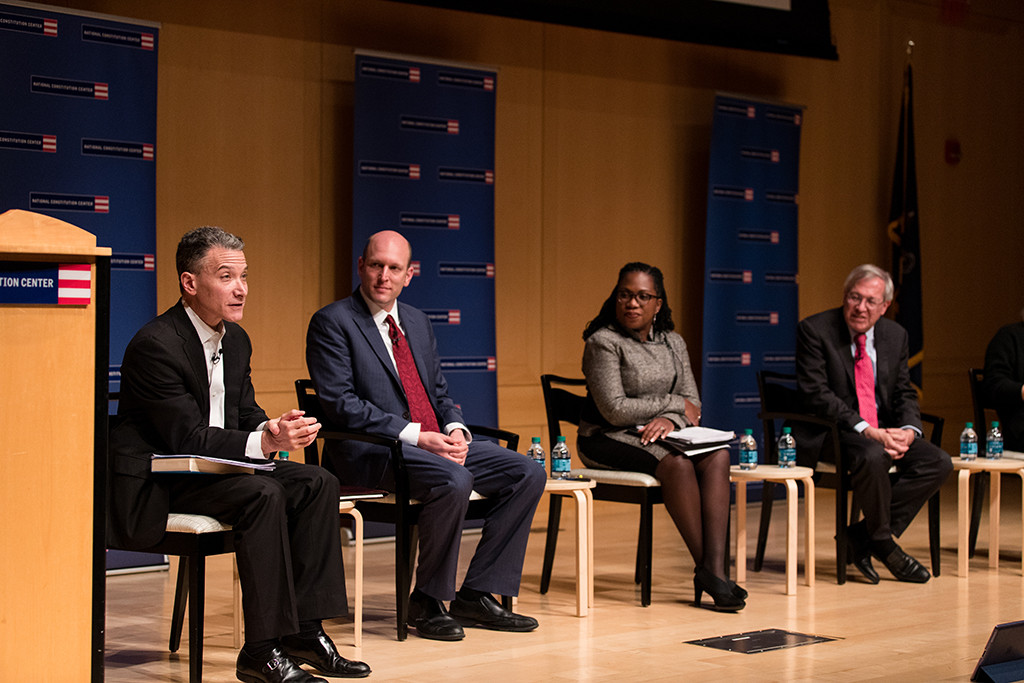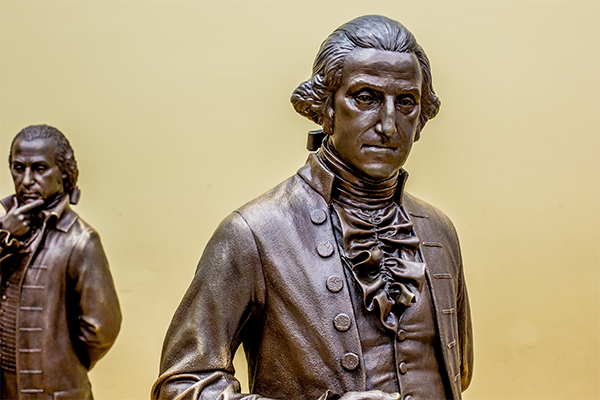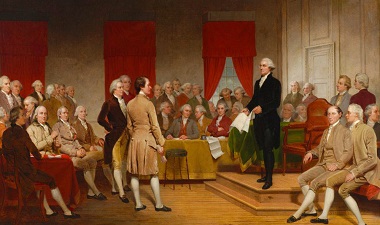How does an “off-the-wall” interpretation of the Constitution, such as President Trump’s narrow view of birthright citizenship, become “on the wall,” taken seriously or adopted by the U.S. Supreme Court?
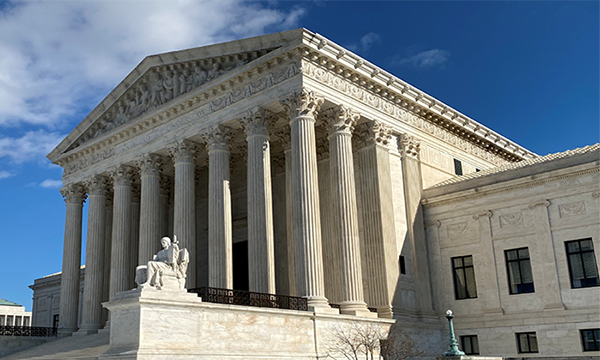 The terms “off the wall” and “on the wall” appear to have been coined by Yale Law professor and constitutional scholar Jack Balkin. In a 2012 article in The Atlantic, Balkin explained:
The terms “off the wall” and “on the wall” appear to have been coined by Yale Law professor and constitutional scholar Jack Balkin. In a 2012 article in The Atlantic, Balkin explained:
“Off-the-wall arguments are those most well-trained lawyers think are clearly wrong; on-the-wall arguments, by contrast, are arguments that are at least plausible, and therefore may become law, especially if brought before judges likely to be sympathetic to them.”
Just three years before he wrote that article, Balkin noted, many lawyers, law professors, legal historians and others thought the idea was crazy that Congress could not use its broad lawmaking power under the Commerce Clause to require individuals to purchase health insurance under the Affordable Care Act (better known as Obamacare). But in 2012, a 5-4 Supreme Court said Congress could not do it (though it upheld the mandate as a penalty under the taxing power).
And many of us can remember an earlier, also very controversial and contested idea that the Second Amendment guaranteed an individual right to possess a firearm. In a 1991 television interview, then Chief Justice Warren Burger said:
"The gun lobby's interpretation of the Second Amendment is one of the greatest pieces of fraud, I repeat the word fraud, on the American People by special interest groups that I have seen in my lifetime."
No court for decades had endorsed the individual right theory, instead, clinging to the militia or collective right theory. But in 2008, a divided 5-4 Supreme Court said the amendment guaranteed an individual right.
There are many examples of off-the-wall ideas moving to on-the wall acceptance. In their law review article “Radical Constitutional Change,” constitutional scholars Saikrishna Prakash and Cass Sunstein write:
“In 1930, it would have been outlandish to suggest that the U.S. Constitution forbids racial segregation; calls for a rule of one person, one vote; requires (what are now known as) Miranda warnings; or imposes constitutional restrictions on libel law. By 1970, what was once outlandish, even unthinkable, had become the law of the land. In that year, it would have been outlandish to suggest that the U.S. Constitution requires states to recognize same-sex marriage, broadly protects commercial advertising, and recognizes an individual right to possess firearms. By 2015, all those propositions were accepted by the Supreme Court.”
Balkin, their colleague, concludes in his Atlantic article that “The history of American constitutional development, in large part, has been the history of formerly crazy arguments moving from off the wall to on the wall, and then being adopted by courts.”
Prakash and Sunstein take a deep and fascinating dive into exactly how this movement happens. They track bottom-up movements in which the public or interest groups lobby Congress, state lawmakers and others to recognize, extend or eliminate constitutional rights, for example, gun rights, gays rights and the anti-abortion movement.
They also explore top-down movements for what they call “radical change” or “shifts” instead of “off-the-wall” to “on-the-wall.” In those movements, “legal and policy elites” drive changes to address issues or problems that they see, and the public is unlikely to have on its plate. Those issues, they write, include expansion of the president’s war powers, pressing originalism and textualism as the best way to interpret the Constitution, and restricting agency regulations among others.
They conclude that “every theory of constitutional change requires elite buy-in, because the elites are gatekeepers” and the public has no ready way to implement its constitutional change.
All of which brings us back to Trump’s executive order on birthright citizenship. The understanding of the Citizenship Clause that anyone born within the United States (with a few exceptions) is a citizen has been the understanding for more than 100 years. President Trump is not the first to attempt to change that understanding. Bills have been introduced in Congress fairly routinely to alter it. A few academics have stepped forward to argue in favor of Trump's understanding.
Three courts have rejected Trump’s arguments that U.S. citizenship depends on the immigration status of the parents. But the Supreme Court has not yet considered the merits of his arguments. The justices recently held oral arguments only on the authority of those three courts to issue nationwide injunctions blocking Trump’s executive order on birthright citizenship.
That the Supreme Court will get to the merits of the executive order seems inevitable, and during those recent oral arguments, some Justices seemed ready to do so. What the Justices ultimately decide about the injunctions may provide a clue to their thinking about the merits of the order. Until then, litigation will continue.
Marcia Coyle is a regular contributor to Constitution Daily. She was the Supreme Court Correspondent for The National Law Journal and PBS NewsHour who has covered the Supreme Court for more than three decades.
